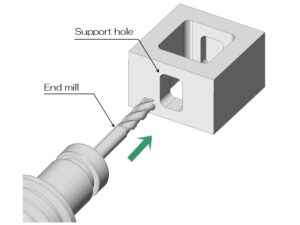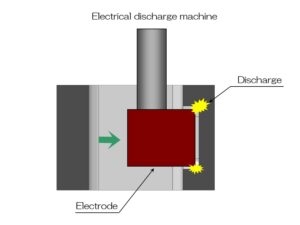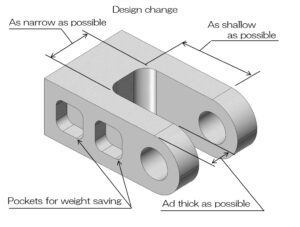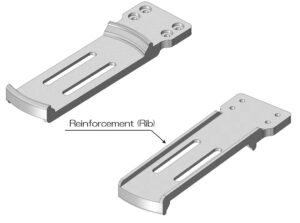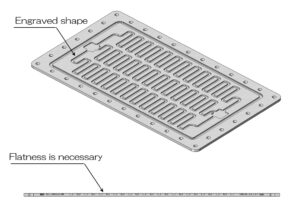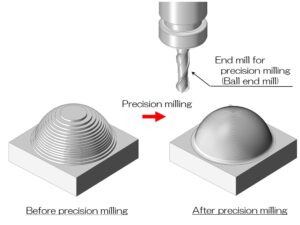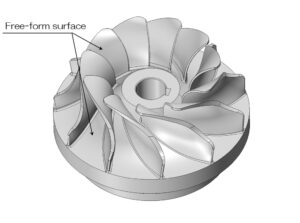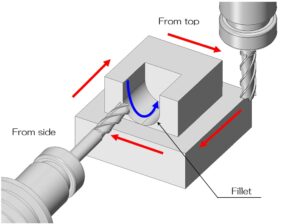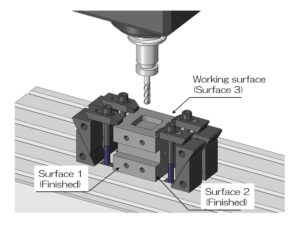019 Milling: What is a 5-axis machining?
We will introduce an overview of the 5-axis machining machine, one of the most advanced cutting machines, and the parts that can be made with 5-axis machining. It is suitable for manufacturing high value-added parts such as aircraft parts and impellers.
016 Milling: The best way called design change!
We will introduce typical examples that are prone to deformation, such as bifurcated shapes and long holes near the edges. By changing the design to a shape that is less prone to deformation, manufacturing will proceed more smoothly.
015 Milling: Avoiding detortion by design
We will explain ways to suppress deformation on the design side when designing thin parts. Possible methods include reducing the amount removed, increasing wall thickness, and adding reinforcement.
014 Milling: Destortion of thin shape
Milling is a removal process, so when processing thin objects, deformation inevitably occurs due to stress. Here are some examples of shapes that are easy to deform.
013 Milling: 3D processing and surface roughness
We will explain how to process three-dimensional shapes and surface roughness by cutting using a ball end mill. I think it's a good idea to keep in mind that there are rough processing and finishing steps, and each has a different purpose.
012 Milling: Welcome to the 3D processing world!
We will introduce an example of 3D processing that allows you to freely process shapes in the X, Y, and Z directions. By processing free-form surfaces three-dimensionally, it is possible to create various complex shapes such as aircraft parts, jigs for molded products, impellers, reliefs, etc.
010 Milling: Design considering with setup changes
By aligning the machining surfaces, it is possible to reduce setup changes and the number of machining steps. Here are some examples of such rational design changes.
009 Milling: Working surface and setup change
We will explain the machining surfaces that are important in cutting and the concept of changeover during machining. Reducing the number of processed surfaces reduces the number of processed surfaces, which leads to cost reductions.

